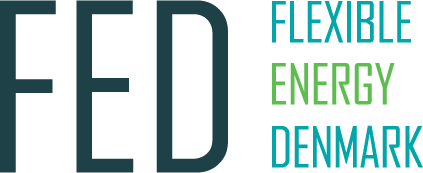Published 26. Jan. 2021
Towards the energy system of the future: Peter Hermans
Digitalization, Big Data, flexibility and energy communities – these are just some of the elements that will play a major role in the energy system of the future. Following the Green Digitalization conference 2020, we sat down with energy systems expert Peter Hermans (NL) for a talk about the current state of the energy system in Denmark and what we should keep in mind when looking towards a national and international energy system of the future.
In the interview, Peter Hermans shared five focus points that all actors in the energy system should consider when planning their strategy for the coming years.
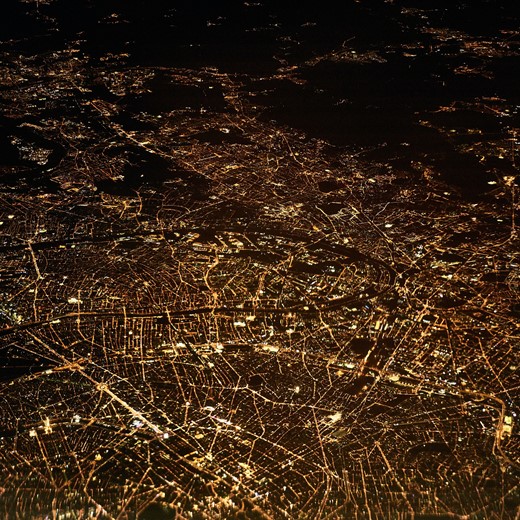
1: We’re moving from data collection to data sharing
“The traditional discussion in Europe is: “Who’s the owner of the data?” But this question is not valid in the future – instead, we should focus on the question “Who’s in control of data sharing?” because this is where the value lies. Who will have access to this huge pool of data, and under what conditions? The consumer’s role will change, as will the role of the DSOs and the TSOs, and we will need to figure out a way to share data in a privacy-secure way in this new setup without it being in the hands of the tech giants. Otherwise they will be the only ones who’ll be able to commercialize it.
In addition, this transformation means that the grid itself needs to be upgraded to be able to handle both the data transmissions and the control systems that manage the collection and distribution of data. This places new requirements on the construction of the grid to handle both energy transmission and data transmission, in addition to flexibility and load balancing, which again will require a new dialogue between System Operators and Telco’s."
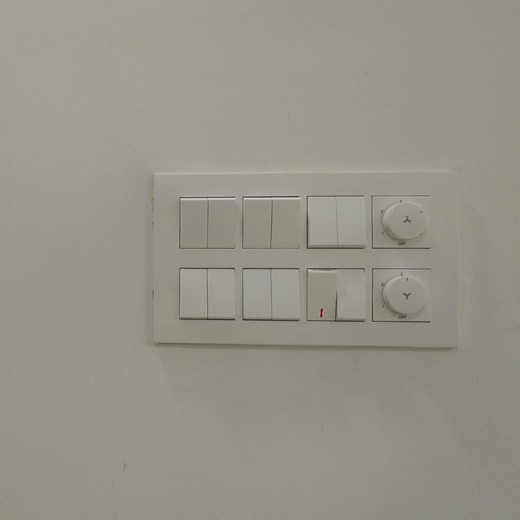
2: The role of the consumer will change
“The role of the consumer will – and has to – change in the future. Often, consumers see the energy system as a complex system that just “needs to work” – the light needs to turn on when they flip the switch, and so on, and they aren’t really interested in all the complexities of the system. By asking to utilize the consumers’ data, we make them aware of how the system works, what their energy consumption patterns say about them and how this knowledge can be utilized for environmental purposes. But this awareness also often leads to a certain degree of distrust in terms of for instance their willingness to share data from smart meters.
We have a huge communications task ahead of us to create an understanding among consumers that if they share their data, we will protect their privacy – to a much larger degree than what the international tech giants do, with whom we share our data every day – and in turn the energy system will be sustainable, reliable and affordable.
If we turn towards the concept of energy communities, the consumers will gain an even bigger role, when local communities are enabled to create a shared energy market, allowing, for instance, a consumer with photo-voltaic cells on his roof to sell the generated power to a neighbour. This will forever change the consumers’ perception of themselves to be an active participant rather than just a passive consumer. In addition, this will require a new design of the market model, supported by adequate regulation.”
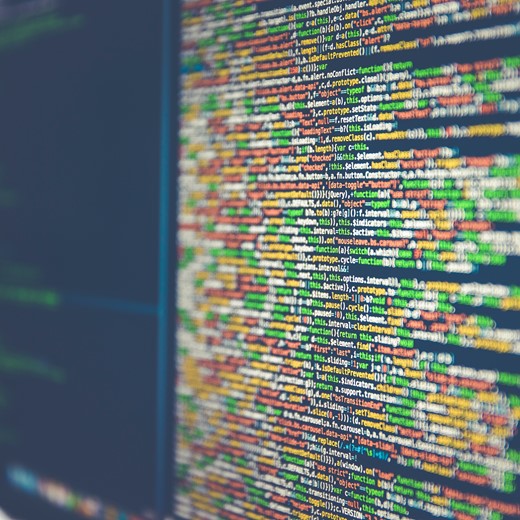
3: Break down the silos!
“I like to use this one-liner when talking about this topic: “The energy system of the future will not be built on the silos of the past!” We have to de-silo in the individual organization – across IT departments, regulative departments, market departments, and so on – and we have to de-silo at a national level and collaborate across DSOs, TSOs, market actors, universities, software developers and so on – and also across for instance the energy sector, the transport sector and the building sector. In this way, we will take the first steps towards a digital business ecosystem.
Otherwise you will set up obstacles and block each other instead of pulling together towards achieving a strong common goal. And of course, in doing this, you need to DEFINE that shared goal. This goes for working at a national or international level, but also at a smaller level like the FED project itself: Do you want to test the boundaries of a new technology, do you want to create new commercial products, do you want to improve data sharing and collaboration, or do you want to achieve a public solution that enables Denmark to reach its climate goals?”
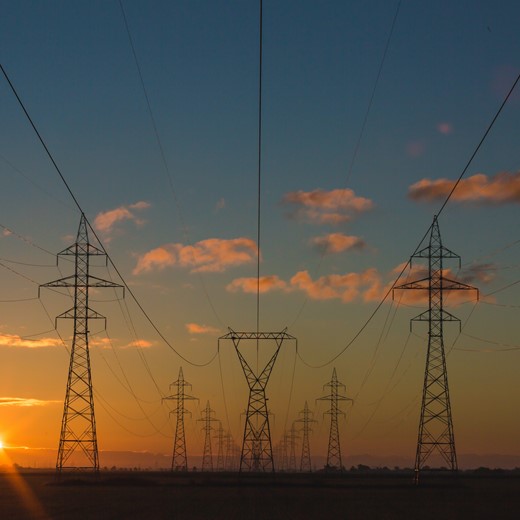
4: What will YOUR role be in the energy system of the future?
“Whenever we talk about the energy system of the future, people usually look towards it from their existing position. “I’m a DSO, I see what’s coming, so in that setup I as a DSO will do this.” But we need to move away from this way of thinking. Think more out of the box – how do we envision that the energy system of the future would be? Put a star, - the shared goal mentioned above – on the horizon and then reason backwards from that: If this is the goal where we want to go, what does that mean today, for my company?
You need to look at your current organization and say, what are my core activities, and how do they develop? And often you’ll find that, say, your core activities are developing in different directions, and in order to prepare for your position in a future ecosystem, you need to make sure that these core activities are so loosely coupled that one will not slow down the development of the others if the development of that single one suddenly slows down. You may need to move some operations from being an integrated part of the company to being taken care of by outside specialists, or split off part of your operations into a separate company. That way you become agile, and you can adapt to the needs and regulations of the energy eco-system of the future. And this may be the one thing that lets you survive in that future eco-system instead of your competitors.“
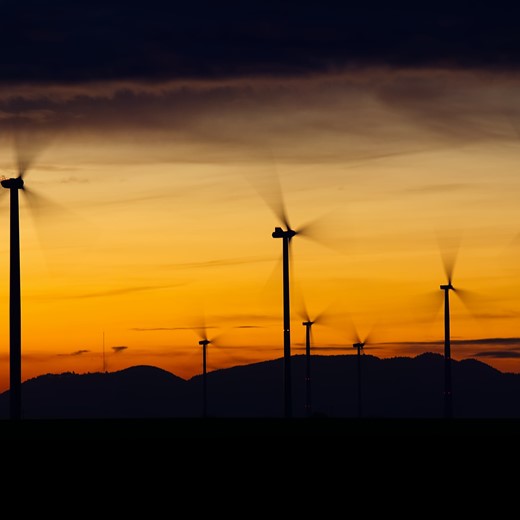
5: Be aware of the technology regulations and the market setup
“When developing new technology, you need to be aware of how it will fit into current and future regulations, at national or European level – and if it doesn’t fit, which stakeholders can you activate to influence future regulations? Otherwise you risk years of work aiming for a goal that in the end cannot be implemented in practice because the regulations go in the exact opposite direction.
The same goes for the market setup: How can your technology be mapped to the roles and responsibilities in the market – and the roles these actors will have (or aim to have) in the market of the future? If you do not take these things into account, you will encounter resistance once you have a working setup, and the commercialization will stall if the future customers – whether businesses, national states or private consumers – do not see it fitting with their own plans and interests. Technology, Regulation and Market setup are strongly intertwined and thus should be managed accordingly.“
